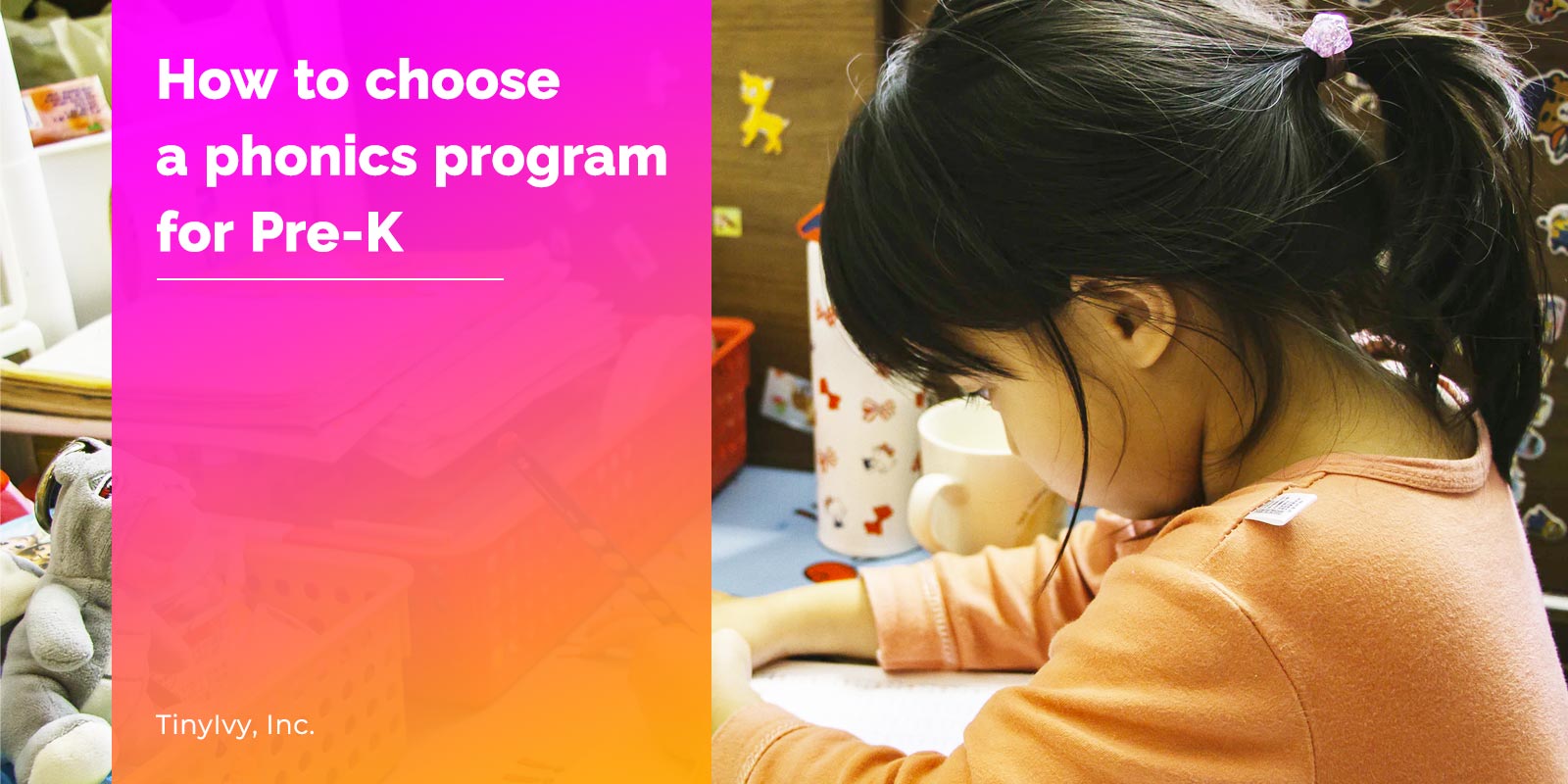Whatever your motivation, the goal is the same: your child needs to learn phonics to become an amazing reader.
Maybe they are three years old and just getting started with letters and sounds, or maybe they are six and you want to make sure they don't fall behind even though "learning" is now virtual for your school.
However, the best phonics program for kindergarten might not be what you think.
How to Choose a Phonics Program
But with so many different phonics programs to choose from, how can you decide what is best phonics program for your kindergarten or pre-k angel/monster?
The old go-to of Hooked on Phonics broke ground forty years ago. It was among the first programs that leveraged the early science of reading, teaching the fundamentals that lead to reading in later years. But a lot has changed since then.
New digital approaches like Homer and ABC Mouse take the same concepts but rework them into digital experiences which can help entertain your kids while they learn.
There is scientific consensus around the importance of phonics instruction in the initial stages of learning to read. Remember, no matter what you choose, you're more or less on the right track looking at a phonics-based solution.
However, some challenges still remain, which means that phonics on its own might not deliver the best results.
Research Leads Beyond Phonics
It turns out, it's not about how you teach phonics to your kids, but what phonics exactly you are teaching them.
Most existing solutions are based on the same fundamental ideas of how to teach reading, stemming from research on how kids learn to read. While many of these programs are fantastic, they fail to address some of the critical challenges in reading English.
It is only in the last decade or so that academics began to explore the universal truths behind literacy. It turns out English is a true outlier.
English is truly exceptional. By the end of the 1st year of schooling, hyperlexic1 style reading is the norm in transparent alphabetic orthographies2; most children are capable of tackling almost any printed word.In English, such proficiency is delayed for several years.
David Share, Ph.D, Faculty of Education, University of Haifa
On the Anglocentricities of Current Reading Research and Practice
1 extremely fast and accurate.
2 languages where spelling is very easy and regular.
Bridging the Gap
There is a reason why kids learn to read Spanish and Italian fluently in a single year of study: unlike English, these languages are transparent.
Fortunately, there's a way to make English easier: adding TIPS™.
By adding TIPS to each letter to represent the sound that it makes, similar to the method used to teach Israeli children to read, English becomes a regular language like Spanish.
As a result, kids can correctly decode every single word, and become wonderful readers.
Considering a New Approach to Phonics
As you think about the best phonics program for your kids, there are two main choices.
The usual way involves dealing with the intricacies of English spelling: from the ages of 4-6 learn the letters and dozens of exceptions, by 7 or 8 learn hundreds of more exceptions and complex decoding rules.
We'd like to invite you to try a better approach. TIPS™ solves the challenges intrinsic to the English language, making it possible for your child to learn faster, and have a joyful reading experience.

